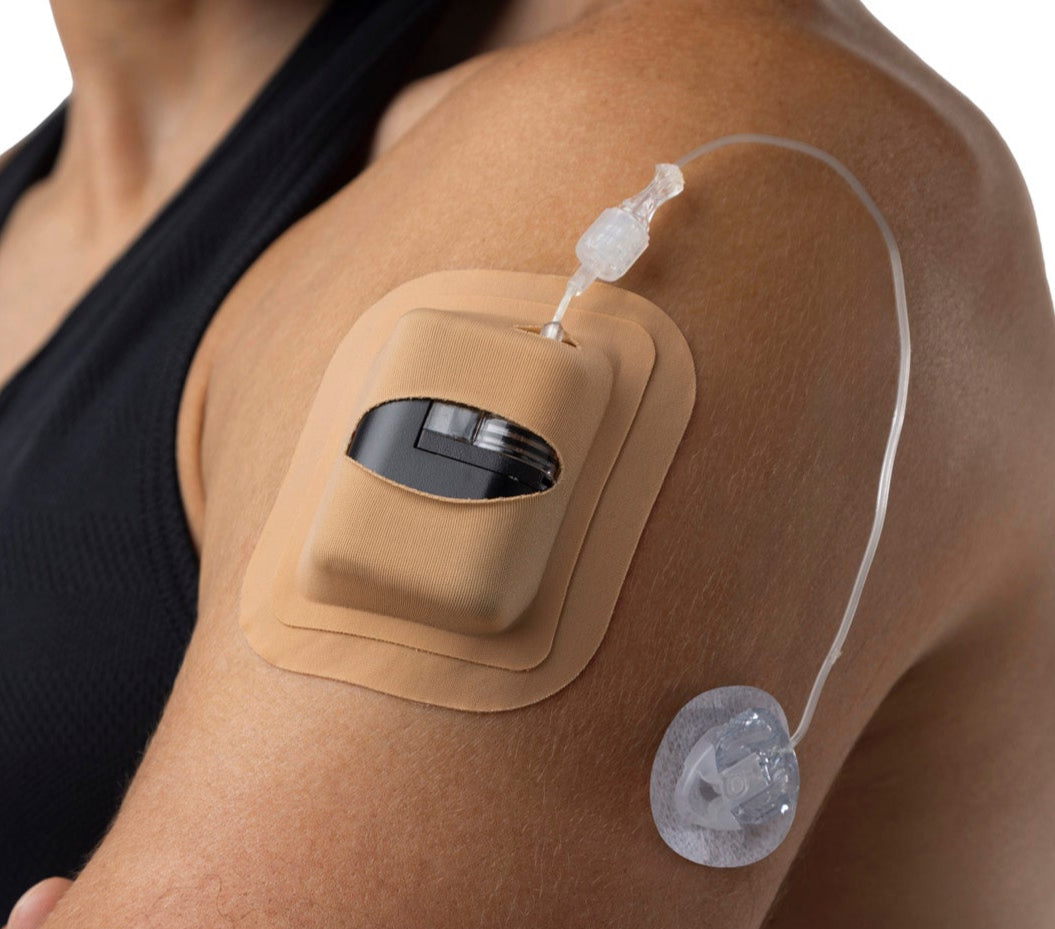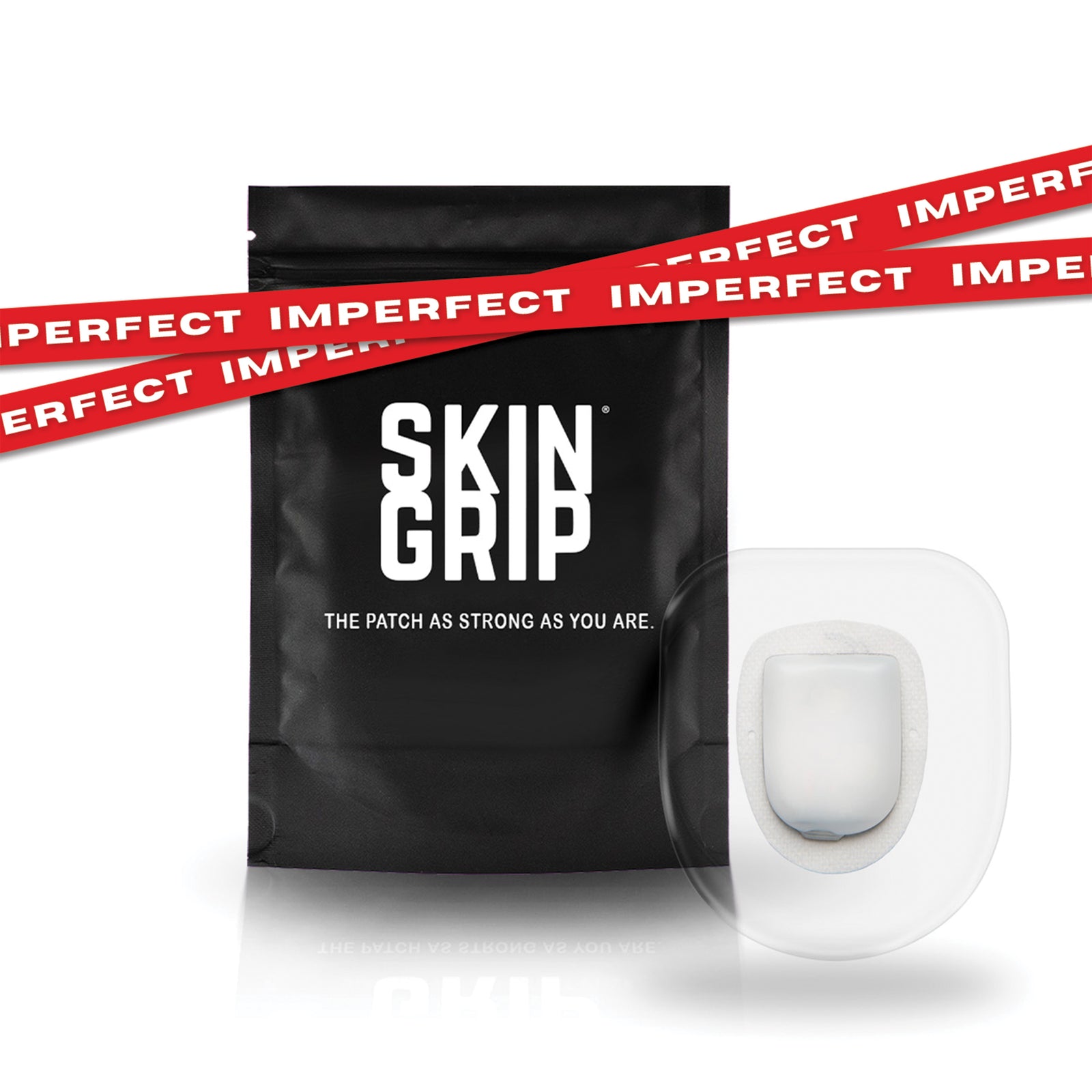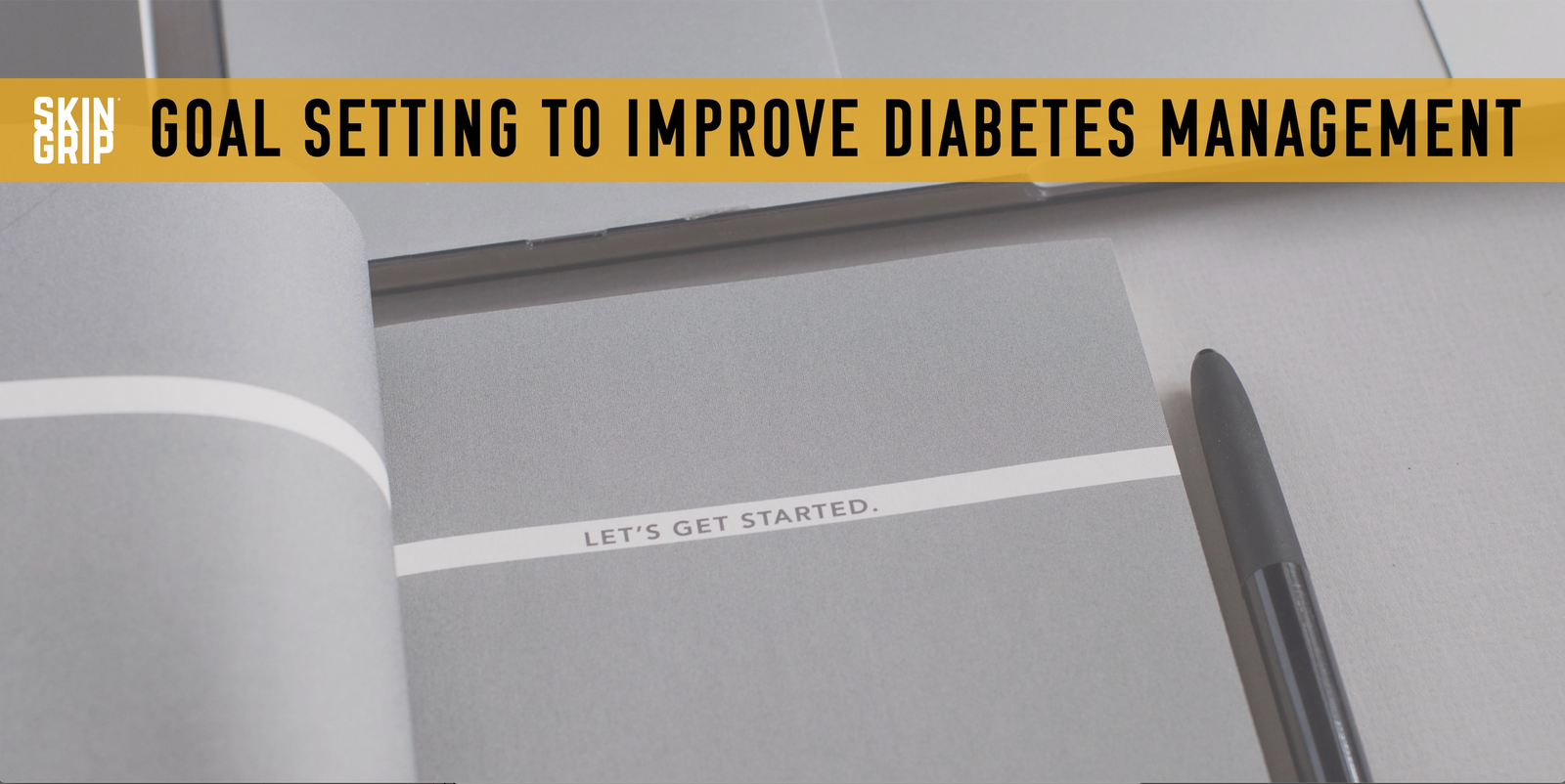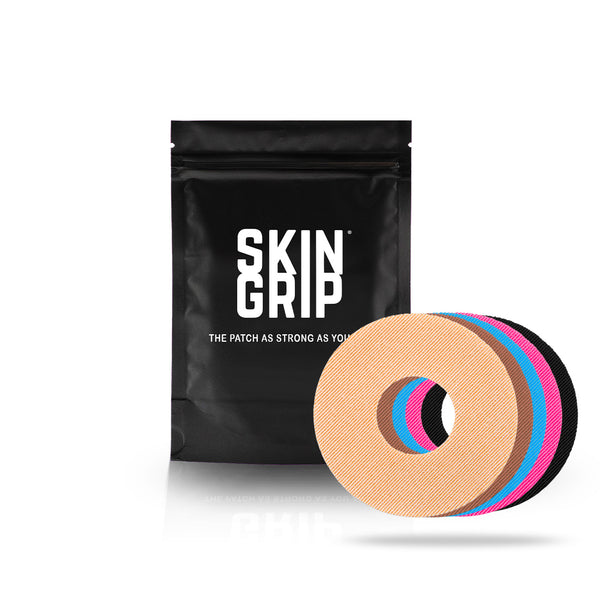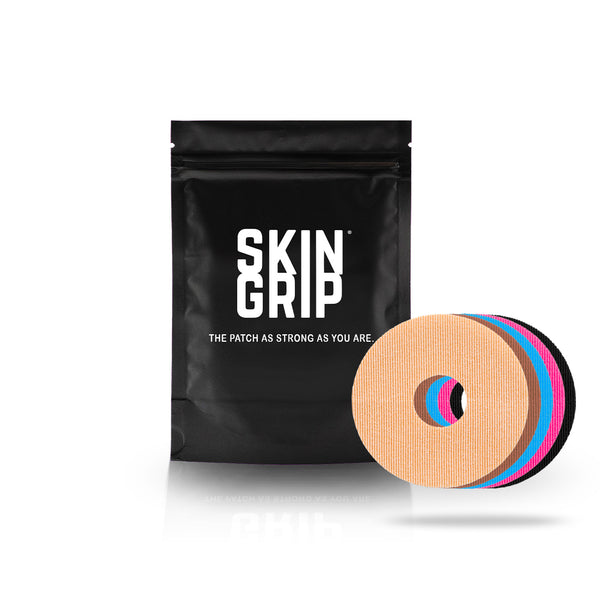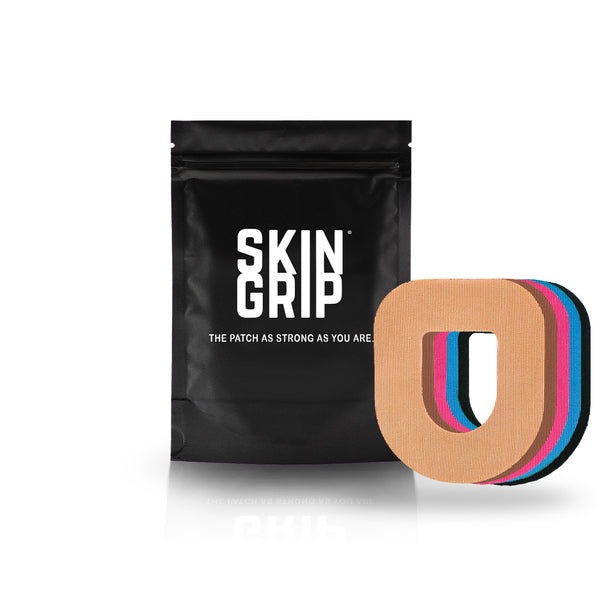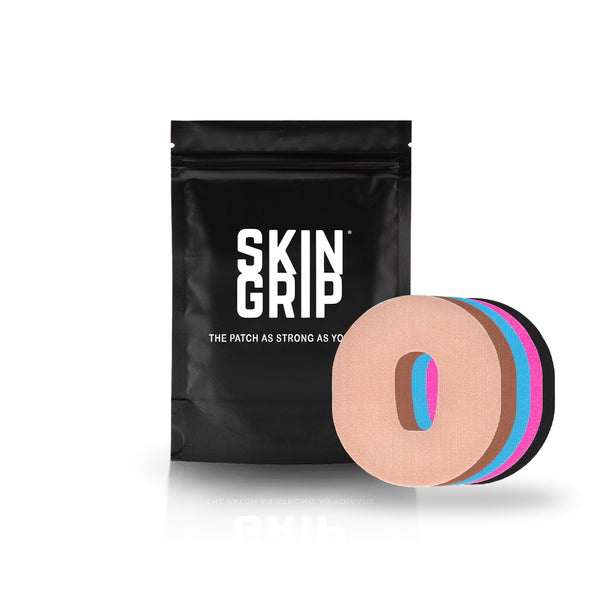*Disclaimer: All content and information in this blog is for informational and educational purposes only. This article was written by Amanda Ciprich, MS, RD. Last updated on 3/25/2024.

iLet Bionic Pancreas System is a hybrid closed-loop system that delivers insulin based on readings from a continuous glucose monitor (CGM) in order to automatically regulate blood glucose levels. Unlike other automated insulin pumps, the iLet system uses lifelong learning to calculate and deliver insulin doses without requiring extensive user input. This blog post will explore the key features and algorithms that make the iLet an innovative update for diabetes technology.

What is the iLet Beta Bionic Pancreas?
The iLet Beta Bionic Pancreas is an automated insulin delivery system that is made up of a tubed insulin pump, a CGM, and a connected smartphone or reader. When setting up this device, the only information that users need to enter is their weight to initiate automated insulin therapy. Users are able to users enter their desired target glucose (usual, lower, or higher), the type of meal (breakfast, lunch, or dinner), and the size of the meal (usual, less, or more) for adjustments in insulin dosing,
The iLet system does not require carb counting, basal rates, or insulin-to-carb ratios. When users enter their glucose targets and details about the meal, the pump’s algorithm can automatically make adjustments. It's important to note that while using the iLet, users may still encounter high and low glucose levels that require attention.

How is iLet Beta Bionics different from other automated insulin pumps?
Some of the key differences between the iLet Pancreas and other automated insulin delivery systems include:
- Simplified Setup: The iLet system only requires users to input their body weight to initiate insulin therapy.
- Limited user input: The iLet eliminates the need for users to carb count, they only need to be carb aware by selecting one of the meal size options (usual, less, or more) for the algorithm to calculate mealtime insulin doses.
- Automated Insulin Delivery: The iLet system adapts and delivers all insulin doses without continuous user input.
- Automated Correction Insulin: The system automatically provides correction insulin when needed.
What are the settings iLet users do not have to input?
When transitioning to iLet, users may be surprised with the limited amount of user input that is required. iLet users will no longer have the ability to:
- Program insulin settings such as basal rates, insulin-to-carb ratios or correction factors.
- Give a correction bolus.
- Enter carbohydrate grams into a bolus calculator or determine the amount of insulin to give at a meal.
- Override how the iLet is delivering insulin.
It can be challenging to let go and let the iLet do all the work. It may take some time for users to get used to the iLet algorithm and that's okay!
Understanding the iLet Algorithm
The iLet Beta Bionics insulin pump will begin regulating glucose levels automatically once the user inputs their current body weight. This sophisticated system does not require users to count carbohydrates, program basal rate settings, set insulin-to-carb ratios/correction factors, or make manual corrections for elevated glucose levels.
When connected to a compatible CGM, the iLet device calculates and delivers insulin doses every 5 minutes based on the users basal needs, high or rising glucose levels, and meals with carbohydrates. If the user's CGM detects a rapid or unsafe drop in glucose levels, the iLet device adjusts or stops insulin delivery accordingly.
See below for a closer look at the different algorithms of the iLet system.
Basal Algorithm
The basal algorithm of the iLet system determines the user's basal insulin requirements and continuously adapts to their changing needs. It eliminates the need for users to manually program basal rates. The algorithm develops and updates the basal rate profile for insulin delivery with 288 automatically determined basal segments per day.
Corrections Algorithm
The corrections algorithm automatically provides additional insulin beyond basal requirements and reduces insulin when necessary to protect against high and low glucose levels. It removes the need for users to determine the timing or size of correction doses by delivering corrections automatically without the need for user input.
High glucose:
When the iLet detects rising or high glucose levels, it will automatically deliver insulin to bring glucoses level back into target range. Keep in mind that this process may take longer than expected.
While using the iLet, refrain from taking additional insulin via injections, inhalers, or other pumps unless directed by your healthcare provider.
If a user's glucose levels are >250 mg/dL, ensure that the iLet is reading CGM glucose levels every five minutes, has sufficient battery power and insulin in the cartridge, and is not experiencing any alarms that could interrupt insulin dosing.
If there is nothing interrupting insulin dosing, users must trust get comfortable with giving the iLet time to respond to elevated glucose levels.
Low glucose:
The iLet system will reduce or stop insulin dosing automatically to prevent lows, but glucose levels may still drop below 54 mg/dL at times. Users still need to be prepared to treat lows with rapid-acting carbs.
Meal time Algorithm
The meal time algorithm eliminates the need for insulin-to-carb ratios and carb counting. The iLet system only requires an estimate of the carbs in a meal, categorized as "Usual for me," "Less," or "More."
The iLet system provides meal doses customized to each individual and adjusts based on dosing history for similar previous meal announcements. Choose "Usual for me" for most meals, "Less" for meals with approximately 50% fewer carbs, and "More" for meals with approximately 50% more carbs than a typical meal.
Exercise
The iLet device does have an activity or exercise settings like other insulin pumps. Instead, the iLet will continue to adjust insulin dosing based on changing glucose readings. To prevent low glucose levels during and after exercise iLet users might consider:
- Ensure CGM is within range and not expiring before/during exercise.
- Carrying rapid-acting carbohydrates to prevent or treat low glucose levels.
- Having an emergency glucagon kit for severe hypoglycemia.
- Confirm that your CGM alarms are enabled, and the volume is set to an audible level on your iLet device and CGM app if applicable. Respond promptly to CGM alarms.
Safety Features & Considerations
The iLet Dosing Decision Software includes safety measures to prevent excessive insulin dosing. These features include:
- Maximum insulin dose amount at 30 units.
- Routine automated insulin doses in response to CGM glucose values are limited to 3 units.
- Automated insulin doses are stopped when low glucose levels are detected or glucose is ≤60 mg/dL and resumed once levels have improved.
- Individual automated
- Individual automated 5-minute doses, including both bolus and basal, are limited to 3 units in response to CGM glucose values when the CGM is online and to 6 units in response to glucose values when the CGM is offline. There are no additional hard limits on dosing imposed over a specific amount of time. The global dose limit of 30 units allows simultaneous delivery of a meal dose (limited to 24 units) and the maximum possible automated dose, should such a circumstance occur.
What continuous glucose monitors are compatible with iLet Beta Bionics?
iLet Beta Bionics is currently compatible with Dexcom G6 and Dexcom G7 continuous glucose monitoring systems.
Summary
The iLet Beta Bionic Pancreas represents a remarkable advancement in diabetes technology. After exploring the system’s impressive features, we’re curious: will you be giving it a try? Share your thoughts with us!
Resources:
https://www.betabionics.com/
https://www.betabionics.com/wp-content/uploads/LA000061_D-Educational-Resource-Guide-v3.0.pdf
https://www.betabionics.com/wp-content/uploads/LA000075A-Transitioning-to-the-iLet-1.pdf
About Amanda Ciprich, MS, RD
Amanda Ciprich, a registered dietitian with a specialization in type 1 diabetes, was diagnosed with T1D herself at the age of 18. With her expertise and personal experience, she has authored two books, including "The Caregiver's Guide to Diabetes: Practical Advice for Caring for Your Loved One." As the founder of T1D Nutritionist, a virtual insurance-based private practice, Amanda provides counseling and guidance to individuals with T1D and their families, supporting them in effectively managing diabetes.


